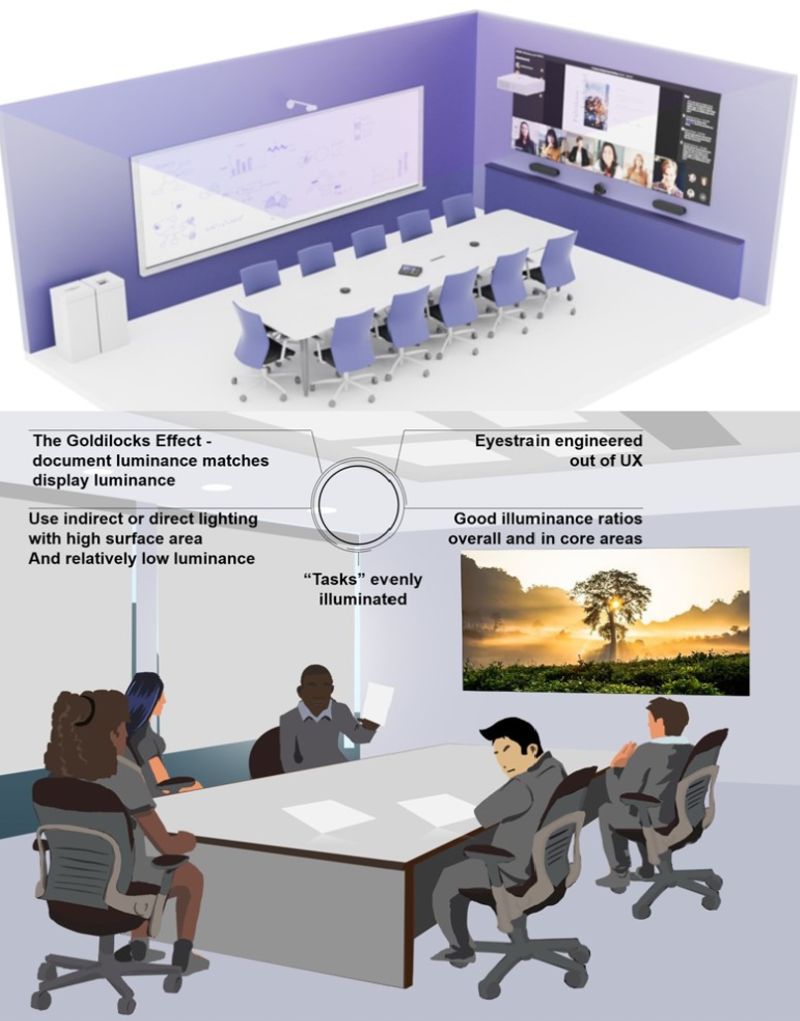The missing link in meeting rooms…
The design of the meeting room itself is the missing link in the Microsoft Teams Room tool box.

AVIXA’s new User Experience Design for AV standard is based on human-centred design (HCD) principles. Using long-established disciplines and techniques to discover the real user needs and working iteratively, interactively, collaboratively to solution designs and implementations.
This week, my friend, colleague and mentor, the wise Gary Keene asked me this: "How do you take future growth and change into account in human-centred design? I think we can all agree that users (with the prompt of good questioning) will give the information needed to base a great design on for today...but the service owner usually works in 3+ year replacement cycles. How do you see those two needs being reconciled?"
This triggered a wave of thoughts! How do we know we've really captured users' needs? How do we know we're able to fulfil them with our design? Do we really check in with them repeatedly after installation for feedback?
You can approach this from various angles, but let’s just observe that HCD is actually applied in AV once in a blue moon. Living with that reality, I hear myself observing to clients that they’re unlikely to discover the true user needs until their users start using. Therefore, where feasible, start with a ‘vanilla’ minimum viable product (MVP) and add complexity as and when there’s a demonstrable user need.
Now this speaks to a need for a ‘slow-release’ capital budget. But back in the real world, organisations want budgets spent in traditional blocks.
The issues that Gary’s question poses require two major pieces of change management. (For starters anyway.)
Change one. Break down the silos between building/facilities management and AV/IT management. Modern buildings are de facto technology-enabled workspaces. So why is AV installed into rooms almost as an afterthought and why does our equipment have to work to counteract the lighting, room finish, acoustics etc?
Change two. Rethink the three year cycle. The point about the above paragraph is that rooms are over-finished before the AV comes into the space. Overspending on under-performing. Wasting money.
Rooms can be built in a way so that their finishes are simple modular add-ons, where the colour, the light and sound reflectivity can be adjusted iteratively over an extended cycle. Sounds and light are forms of energy, most of which we experience indirectly as reflections from the room’s surfaces. These constraints are opportunities, but in practice they comprise a remediation need that’s baked into the tradition building project cycle.
And the sad thing? There are standards there ready and waiting to be used. Today.

Posted: 4th July 2023